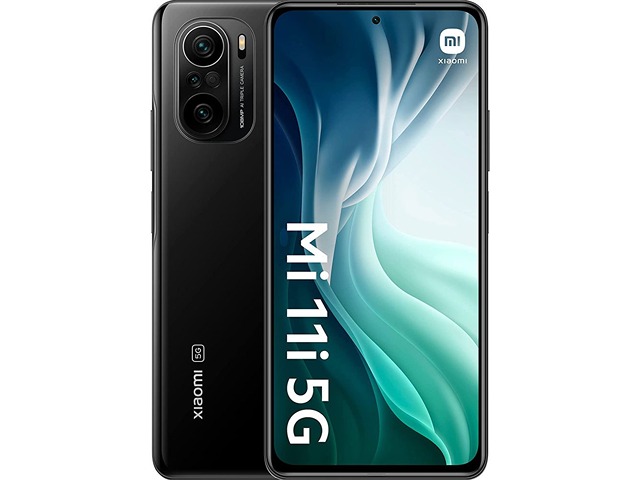Your Xiaomi Mi 11i Review to Get the Needed Advice
Even well-educated persons might be overwhelmed by the extended list of industrial terms in the Xiaomi Mi 11i flyer. A lot of questions will run through your head when you are going to buy a new smartphone. In this post, you can read Xiaomi Mi 11i reviews that explain the majority of its Specs and scientific terminology so you can know it all.
After announcing Xiaomi Mi 11i by Xiaomi on 3/29/2021, this model has been Released 2021, on May 31. However, this model’s status in the market is Available.
When you purchase Xiaomi Mi 11i, you will gain a 108 MP, f/1.8, 26mm (wide), 1/1.52″, 0.7µm, PDAF rear camera and 20 MP, f/2.5, (wide), 1/3.4″, 0.8µm selfie camera. it also has 128GB 8GB RAM, and 4520 mAh battery life (the more mAh value gives more strength to the battery).
Xiaomi Mi 11i comes with Corning Gorilla Glass 5 as a screen protector that is intended to protect the screen when the phone drops on hard and rough surfaces, and with 6.67 inches, 107.4 cm2 display size.
Xiaomi Mi 11i comes with the following OS and chips:
* Android 11, MIUI 12 OS,
* Qualcomm SM8350 Snapdragon 888 5G (5 nm) Chipset
* Octa-core (1×2.84 GHz Cortex-X1 & 3×2.42 GHz Cortex-A78 & 4×1.80 GHz Cortex-A55) Processor.
To understand the meanings of smartphone specifications, continue reading this Xiaomi Mi 11i review.
The Body Specifications – Xiaomi Mi 11i Review
When planning to purchase a new mobile phone, the body parameters must be taken into consideration. These physical specifications include body size, weight, and build. You can read Xiaomi Mi 11i review in terms of the body features in the lines that follow.
* Body Dimensions: 163.7 x 76.4 x 7.8 mm (6.44 x 3.01 x 0.31 in) which means height, width, and thickness (depth) respectively.
* Body Weight: 196 g (6.91 oz).
For smartphones, a weight between 140g to 170g is deemed suitable and appropriate for most users.
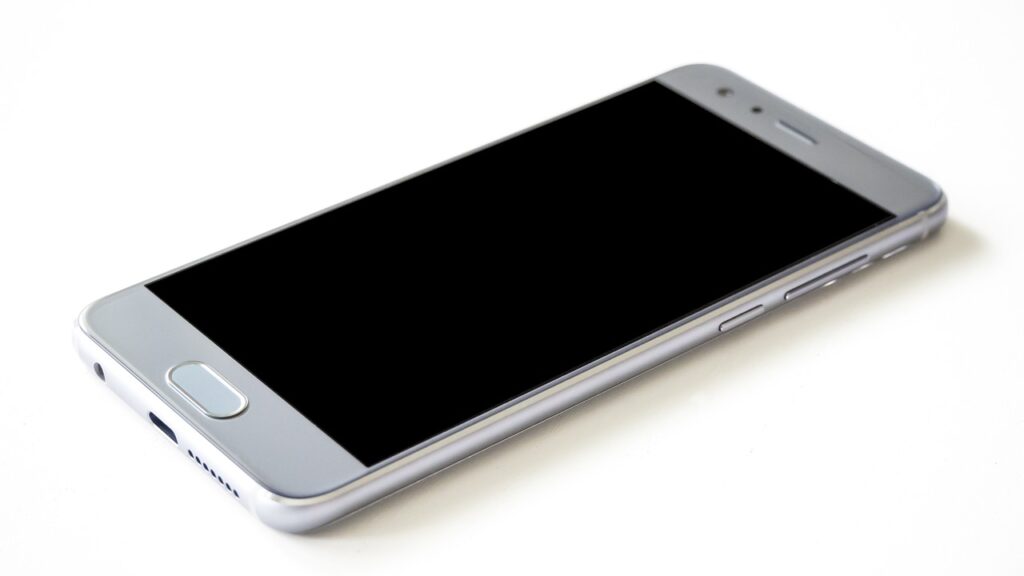
Read Xiaomi Mi 11i Review To Know Its Colors
Choosing the color of the smartphone does not affect the quality of its work or the effect of heat on its interior parts., so you can choose the color based on your preferences or the nature of your use of the phone.
Xiaomi Mi 11i comes in the following colors: Celestial Silver, Frosty White, and Cosmic Black.

Xiaomi Mi 11i Review – Understanding Display Terms
The user interface’s fundamental component is the cellular phone’s screen., so it is crucial to understand its specifications well, then you will be able to choose a smartphone with a screen that provides your needs.
The lines that follow represent the essential screen features of the Xiaomi Mi 11i. screen
Display Type: Super AMOLED – Remember that you should search for a screen kind that offers more radiant colors and genuine black.
Refresh Rate: 120Hz – The refresh rate (measured in Hertz (Hz)) is how frequently a screen recreates an image. Better image quality and less motion blur are produced by increasing the refresh rate.
Display Size: 6.67 inches, 107.4 cm2 – The common standard screen size of mobile phones now averages between 4.7 and 6.5 inches.
Display HDR: HDR10+ – This signifies that an image has a high contrast between its lightest and darkest areas.
Display Nits Peak: 1300 nits (peak). It is the maximum amount of light sent out by the screen. Values above 500 nits are enough to use on a sunny day.
Display Nits HBM: 900 nits (HBM).
Display Nits Full: 900 nits (HBM), 1300 nits (peak).
Screen To Body Ratio: (~85.9% screen-to-body ratio). It gives the percentage of how much the screen covers the front side. Smartphones that have the largest screen-to-body ratio look delicate and give them a premium look.
Display Ratio: 20:9 ratio. the Aspect ratio is the relevance between the height and width of the smartphone screen. Taller aspect ratios like 19.5:9 is coming with the most modern smartphones, and it is suitable for web browsing, and other portrait orientation apps.
Display Resolution: 1080 x 2400 pixels. It is the clarity of an image video in detail and sharpness. The pixel resolution for high-definition screens is 1920 x 1080.
Display Density: (~395 ppi density). It is the number of physical pixels per inch on a screen and is measured in Pixels Per Inch (ppi).
Display Protection: Xiaomi Mi 11i comes with the following display protection:
* Corning Gorilla Glass 5
* Corning Gorilla Glass 5.
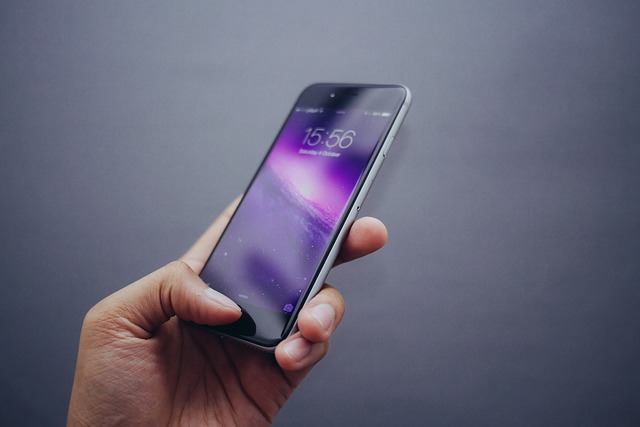
Xiaomi Mi 11i Review – Camera Specs
In the following lines, you will find Xiaomi Mi 11i review about the main cameras.
* Main Camera Single: {108 MP, f/1.8, 26mm (wide), 1/1.52″, 0.7µm, PDAF}.
The following lines explain some of the symbols included in the camera specs:
MP (Megapixels) is the resolution of the image taken by a smartphone.
(f value) is the aperture of a lens that indicates how much light it lets in. A bigger aperture lets in more light, and vice versa…
(mm value) This measurement is of the lens’s focal length, which affects the final image that is produced by your camera.
AutoFocus (AF) is the function of a camera to automatically focus on a subject.
* Main Camera Dual: 8 MP, f/2.2, 119˚ (ultrawide)
* Main Camera Triple: 5 MP, f/2.4, 50mm (telephoto macro), 1/5.0″, 1.12µm, AF
The main camera features are as follows:
HDR, panorama, 8K@30fps, 4K@30/60fps, 1080p@30/60/120/240/960fps, gyro-EIS, HDR10+ main video camera.
Here is the Xiaomi Mi 11i review of the selfie camera:
* Selfie Camera Single: 20 MP, f/2.5, (wide), 1/3.4″, 0.8µm
The main camera characteristics are:
HDR, 1080p@30fps, 720p@120fps Selfie video camera.
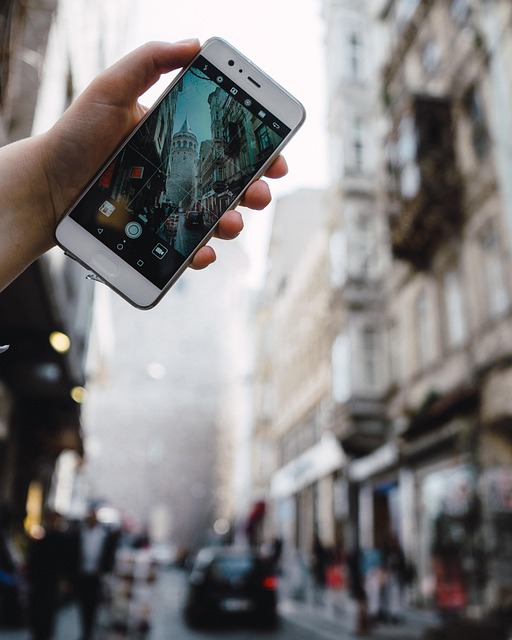
Xiaomi Mi 11i Review of the SIM Card
SIM stands for Subscriber Identity Module, and it’s a tiny plastic card that slots into your cell phone. Three sizes are available for this electronic chip: Standard (Mini), Micro, and Nano, and it lets you connect to a cellular network. Then, you can make calls, send SMS messages, and use mobile internet services like 3G, 4G, and 5G. For more information about 3G / 4G networks, refer to Xiaomi Mi 11i 3G or Xiaomi Mi 11i 4G articles. However, you can use the mobile phone without a SIM to use some available programs on it, play games, and connect to a Wi-Fi network to explore the internet.
This mobile phone model comes with Dual SIM (Nano-SIM, dual stand-by) card. For more info, refer to the How to insert SIM card in Xiaomi Mi 11i article.
Here are the popular SIM card types:
* Nano-SIM. It is the smallest removable SIM card size, so it is the most modern one (other than eSIMs, which we’ll read about it very soon) and it’s used by the vast majority of current cell phones.
* Micro SIM. They have a slightly larger chip, and they haven’t been utilized too often recently.
* Standard SIM (Mini-SIM). It is the biggest SIM card size in use, and it’s the most rarely used.
* eSIM. It is an embedded SIM card, i.e., you can’t take it off of your device.

Xiaomi Mi 11i Review – Chipset, CPU, and GPU
This model has Qualcomm SM8350 Snapdragon 888 5G (5 nm) chipset.
Advanced embedded chipsets in smartphones allow the performing of many different tasks depending on their programming. They are built-in as part of the complete device including hardware and mechanical components. The most famous chipset types are QUALCOMM Snapdragon, INTEL ATOM, and MEDIATEK CHIPSETS..
Xiaomi Mi 11i has Octa-core (1×2.84 GHz Cortex-X1 & 3×2.42 GHz Cortex-A78 & 4×1.80 GHz Cortex-A55) CPU.
CPU (Central Processing Unit) performance is vital for the daily user experience. Thus, the higher the number of cores and the higher the value of processing speed the better the performance will be…
Xiaomi Mi 11i has the following GBU (Graphics Processing Unit): Adreno 660.
This chip is responsible for handling all graphics jobs. Actually, Users are now more familiar with the various GPU chip models included in mobile chipsets and occasionally take their performance into account when making purchases.
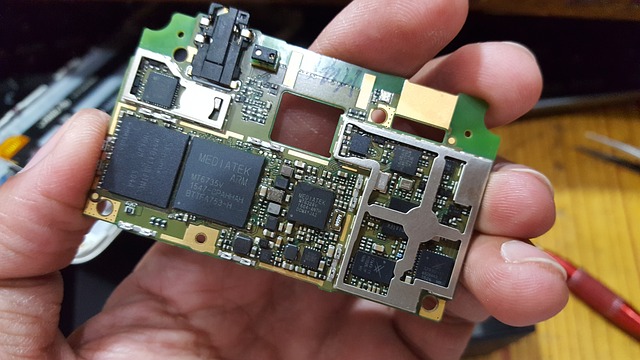
Storage characteristics – Xiaomi Mi 11i Review
One of the essential deciding factors, when you want to purchase a new cellphone, is the amount of storage it offers. and the following internal storage: 128GB 8GB RAM – 256GB 8GB RAM
Two types of phone memory are available:
Internal: It is built into the phone, and can’t be extended. Nowadays, the majority of cell phones have internal memory that is at least 32GB or 64GB and a few high-end models feature 256GB or 512GB.
External: It is a removable SD card used as an alternative memory to store photos, music, videos, etc., regardless of the type of SD card slot.
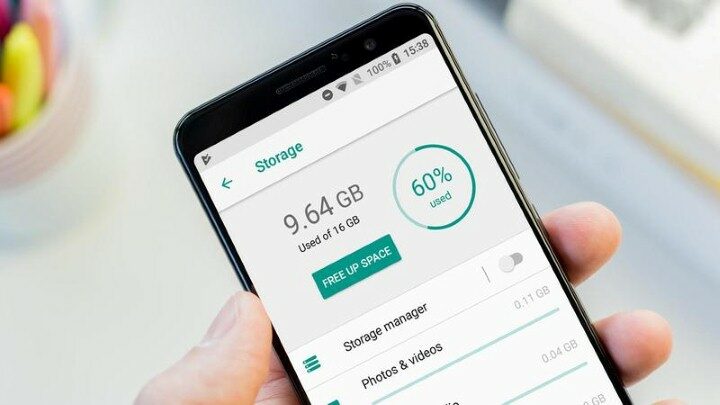
Mobile Networks and communication – Xiaomi Mi 11i Review
The complex architecture used by mobile networks covers base stations sending radio waves within hexagonal areas known as “cells” (hence mobiles also being known as cellphones). In order to prevent any signal-deficient locations, thousands of cells interfere across different geographic zones. 3 various network kinds available today: 3G, 4G, and 5G. These networks have the capacity to pick up and deliver mobile connections as well as transmit and receive data and information.
Xiaomi Mi 11i supports the following networks: 3G. For more information, refer to the Xiaomi Mi 11i 3G article. – 4G. For more information, refer to Xiaomi Mi 11i 4G article.

Xiaomi Mi 11i Review – Available Wireless Connections
This model supports the following wireless connections:
* WLAN connection: {Wi-Fi 802.11 a/b/g/n/ac/6, dual-band, Wi-Fi Direct, hotspot}. Wireless Local Area Network uses Wi-Fi to communicate to the home or office wireless network using the local router and offers Internet access.
* Bluetooth connection: {5.2, A2DP, LE}. It is a common wireless communication protocol used to communicate two devices together over short distances, allowing them to share data between different devices.
* GBS connection: {Yes, with A-GPS. Up to tri-band: GLONASS (1), BDS (3), GALILEO (2), QZSS (2), NavIC}.Global Positioning System enables mobile phones to locate any position you need.
* NFC connection: {Yes (market/region dependent)}. Near Field Communication is a wireless technology that allows your cellular phone to transfer data to another device when they’re close together, so it’s generally used for contactless payments. For more information, refer to NFC on Xiaomi Mi 11i article.
* USB connection: {USB Type-C 2.0, USB On-The-Go}.Universal Serial Bus is wired technology that allows users to connect two devices, such as a smartphone with a PC, to either transfer data or charge the connected device.
* Features Sensors: {Fingerprint (side-mounted), accelerometer, gyro, proximity, compass, color spectrum, barometer}. The sensor is a device that detects and majors the changes in the nearby environment such as ambient light and motion.

Xiaomi Mi 11i Review – The Operating System
This model comes with {Android 11, MIUI 12} operating system.
Battery Main Specifications – Xiaomi Mi 11i Review
Nothing is more essential than the cellular phone’s battery, which powers these gadgets and keeps daily life going. The following lines are including a Xiaomi Mi 11i review of its main battery.
* Battery Technology: {Li-Po}.
* Xiaomi Mi 11i comes with {non-removable} battery.
* Battery Capacity: {4520} mAh. It refers to the storage capacity a specific battery may offer. A battery with a 3100 mAh capacity rating could supply a current of 3100 mA for one hour. Higher mAh ratings for the same battery kind will usually mean longer working time.
* Battery Charging: {Fast charging 65W}.
* Battery Charging Time: {100% in 30 min (advertised)}.
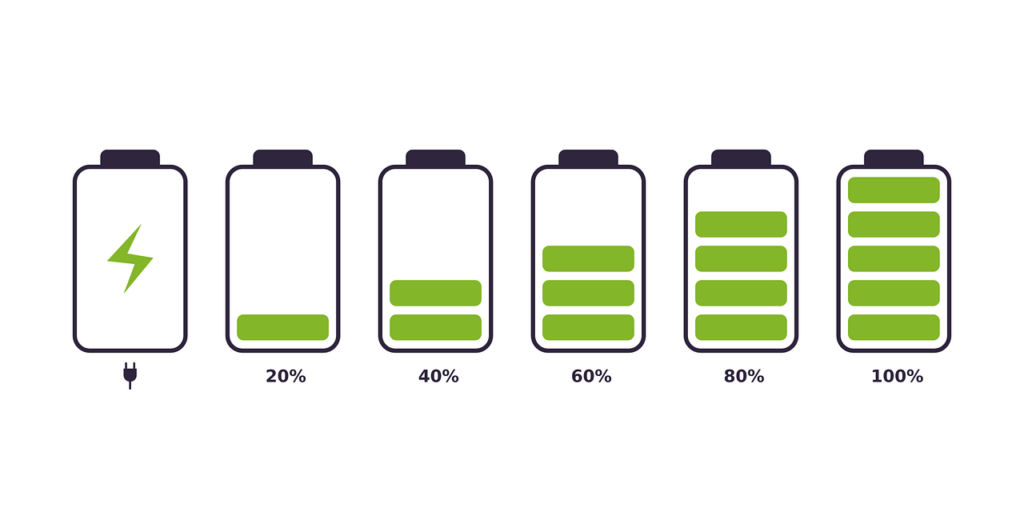
Xiaomi Mi 11i Review – The Battery Secondary Specs
Along with the major Xiaomi Mi 11i characteristics that we just discussed, this model contains extra battery-related characteristics that differ somewhat depending on the model of the cellphone. Here are these specifications:
* Battery Charging Original: {Fast charging 33W, 100% in 52 min (advertised), Power Delivery 3.0, Quick Charge 3+}.
* Second Type of Battery Charging Time: {100% in 56 min (advertised}.
* Battery Wireless Charging: {Fast wireless charging 40W}.
* Battery Wireless Reverse Charging: {Wireless reverse charging 10W}.
* Battery Charging (Others): {SuperVOOC 2.0}.


